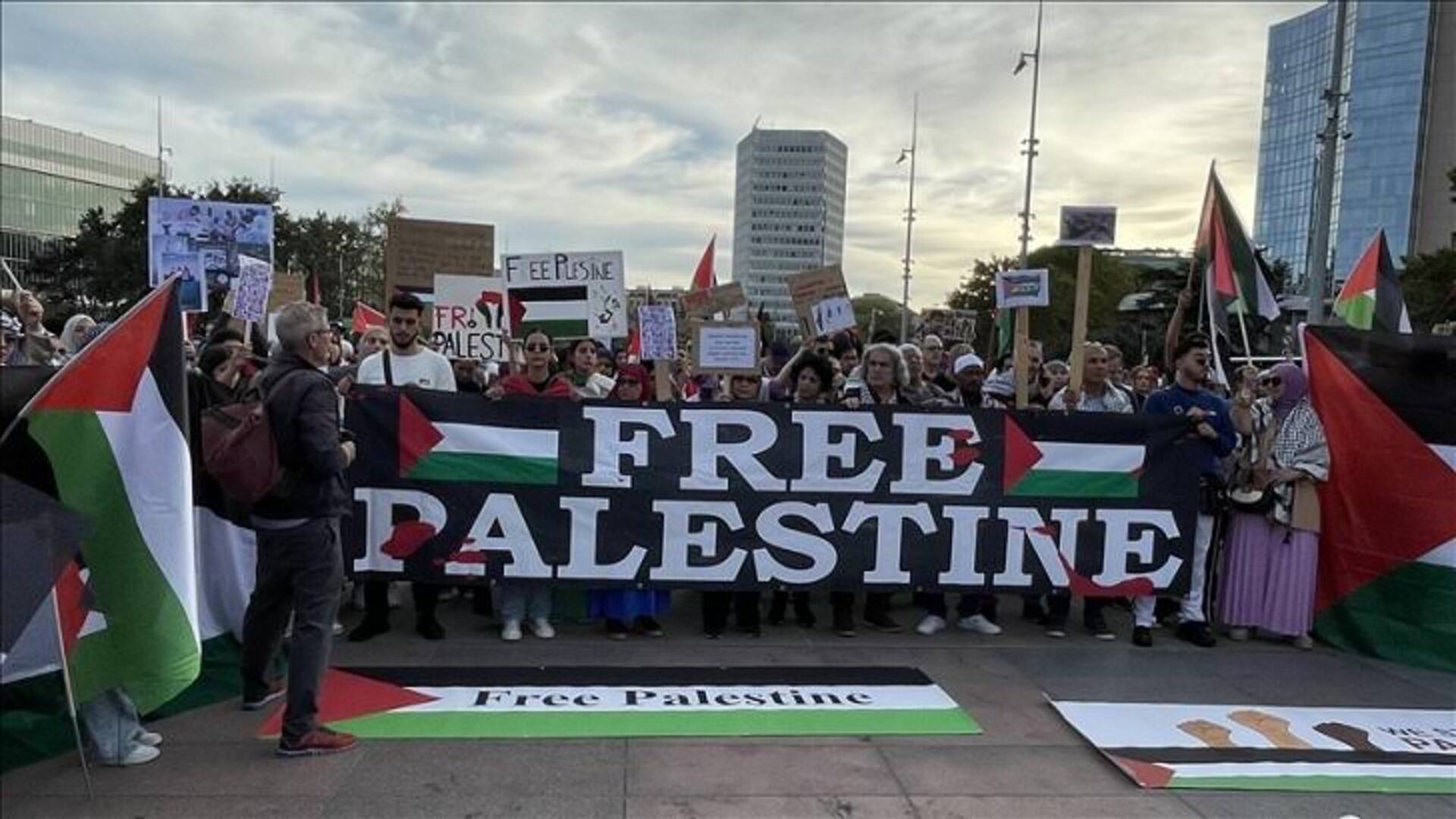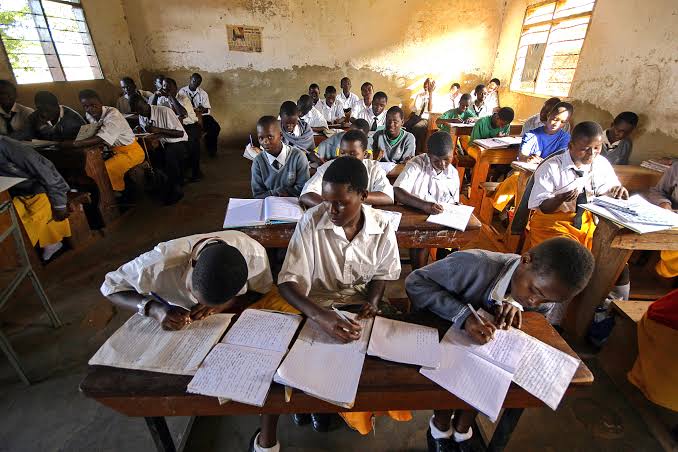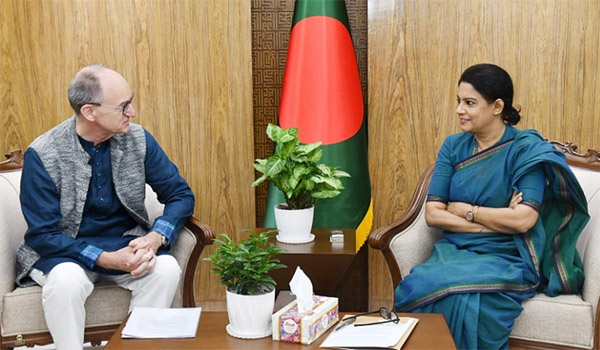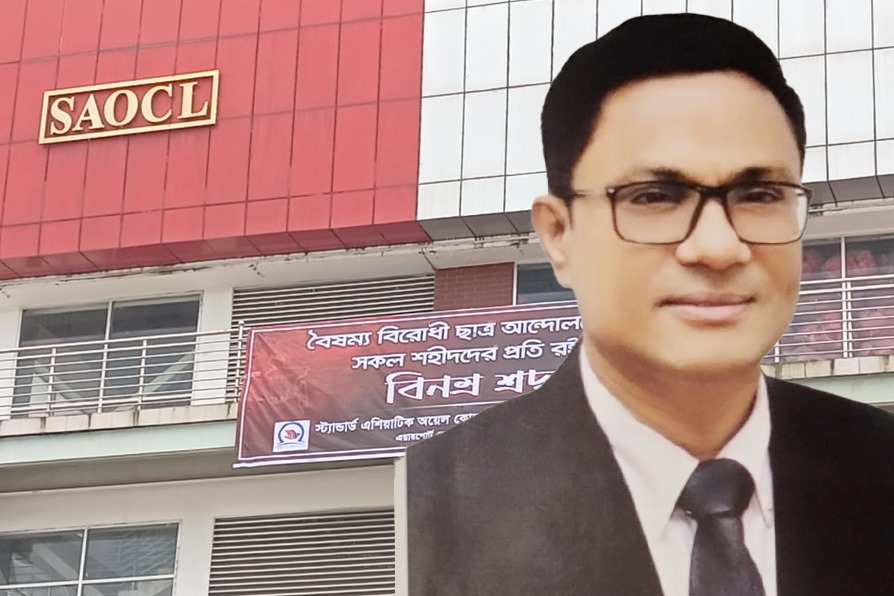Saudi Arabia, historically known as one of the largest oil producers in the world, has long depended on its vast oil reserves to sustain its economy. However, in recent years, the country has embarked on a transformative journey to diversify its economic base and reduce its reliance on oil exports. This transformation is encapsulated in “Vision 2030”, a comprehensive reform plan spearheaded by Crown Prince Mohammed bin Salman. The centerpiece of this ambitious plan is a revamped investment strategy aimed at fostering economic diversification while bolstering Saudi Arabia’s international relations. This report explores Saudi Arabia’s new investment approach, its potential impact on the economy, and the country’s geopolitical positioning.
The Need for Economic Diversification
Saudi Arabia’s economy has been heavily reliant on oil exports for decades, with oil accounting for over 60% of the country’s revenue. However, fluctuations in global oil prices have exposed the vulnerabilities of an oil-dependent economy. The volatility in the oil market, coupled with increasing global efforts to transition towards renewable energy, has prompted Saudi Arabia to seek alternative sources of revenue. Economic diversification is no longer a choice but a necessity for long-term sustainability and growth. Vision 2030 represents Saudi Arabia’s blueprint for achieving this goal, with a particular emphasis on expanding non-oil sectors like tourism, technology, manufacturing, and entertainment.
Key Components of Saudi Arabia’s New Investment Strategy
1. Public Investment Fund (PIF): Driving Economic Transformation
One of the pillars of Saudi Arabia’s investment strategy is the Public Investment Fund (PIF), a sovereign wealth fund that plays a critical role in financing the kingdom’s diversification efforts. With assets estimated to exceed $700 billion, PIF is one of the largest sovereign wealth funds globally. The PIF’s mandate is to invest both domestically and internationally, focusing on key sectors such as technology, infrastructure, entertainment, and tourism. By driving strategic investments, PIF is helping to build new industries that will create jobs, attract foreign investment, and reduce the kingdom’s dependence on oil.
Key PIF initiatives include investments in NEOM, a futuristic city that aims to become a global hub for innovation, and the Red Sea Project, an ambitious tourism initiative designed to attract visitors from around the world. PIF is also actively investing in renewable energy projects, digital technologies, and cutting-edge industries that align with Saudi Arabia’s vision of a diversified and sustainable economy.
2. Attracting International Investment: A Global Approach
In addition to domestic investments, Saudi Arabia’s new investment strategy emphasizes global outreach and the attraction of foreign direct investment (FDI). The kingdom is positioning itself as an attractive destination for international investors by simplifying regulations, offering incentives, and developing world-class infrastructure. As part of this strategy, Saudi Arabia has signed significant trade and investment agreements with countries such as China, Japan, India, and European nations.
The Saudi Investment Promotion Agency has been established to facilitate foreign investment and ensure a smooth experience for international businesses looking to enter the Saudi market. Key sectors targeted for FDI include renewable energy, mining, healthcare, logistics, and financial services. This approach not only helps to diversify the Saudi economy but also strengthens its international relationships by fostering economic partnerships.
3. Mega-Projects: The Flagships of Economic Transformation
Mega-projects like NEOM and the Red Sea Project represent Saudi Arabia’s bold ambition to reshape its economic landscape. NEOM, a $500 billion initiative, is envisioned as a futuristic city powered by renewable energy, featuring advanced technologies such as AI, robotics, and sustainable urban planning. Spanning 26,500 square kilometers, NEOM is designed to attract talent and investment from around the world, positioning Saudi Arabia as a global center for innovation and technological excellence.
Similarly, the Red Sea Project focuses on luxury and eco-friendly tourism. Covering more than 28,000 square kilometers along Saudi Arabia’s Red Sea coast, this project aims to create a sustainable tourism destination that balances environmental conservation with world-class hospitality. These mega-projects not only aim to generate revenue through non-oil industries but also create opportunities for cultural exchange and international collaboration.
4. Developing Renewable Energy: Saudi Arabia’s Green Future
As part of its economic diversification efforts, Saudi Arabia has identified renewable energy as a critical area for growth. The kingdom’s vast deserts provide an ideal landscape for solar and wind energy projects, and Saudi leaders have pledged to make renewable energy a cornerstone of the future economy. The Saudi Green Initiative is a significant component of this effort, with goals to plant 10 billion trees and generate 50% of the country’s energy needs from renewable sources by 2030.
Renewable energy investment is not only essential for Saudi Arabia’s domestic economic goals but also for improving its international image as a responsible global player. By embracing sustainable energy, Saudi Arabia is strengthening its ties with countries prioritizing climate action and environmental stewardship.
International Relations and Geopolitical Positioning
Saudi Arabia’s new investment strategy extends beyond the economic realm; it is also an integral part of the kingdom’s efforts to reassert its influence on the global stage. By diversifying its economy and fostering closer economic ties with major powers like China, India, Japan, and the EU, Saudi Arabia is positioning itself as a crucial partner in global trade, energy, and technology.
1. Pivoting to Asia: Strengthening Ties with China and India
China and India, two of the world’s largest energy consumers, have become essential partners for Saudi Arabia as it seeks to diversify its international economic relationships. Over the past decade, Saudi Arabia has strengthened its ties with China through the Belt and Road Initiative (BRI), which has led to increased investments in infrastructure, energy, and technology projects. Similarly, Saudi Arabia has deepened its economic ties with India, focusing on sectors such as oil, renewable energy, and technology.
The kingdom’s outreach to Asian economies aligns with its goal of reducing dependence on Western markets while tapping into the rapidly growing economies of the East. These relationships are strategic, enabling Saudi Arabia to benefit from the economic dynamism of Asia while ensuring long-term energy security and access to advanced technologies.
2. Building Partnerships with Western Nations
Despite the pivot to Asia, Saudi Arabia remains committed to maintaining strong relations with Western nations, particularly the United States and European Union. The kingdom has continued to collaborate with Western partners on issues like counterterrorism, regional security, and trade. Moreover, by investing in industries such as healthcare, technology, and renewable energy, Saudi Arabia is aligning itself with global priorities that resonate with Western countries.
The country’s investment in sustainability projects, such as the Saudi Green Initiative, has been welcomed by many Western nations, which view Saudi Arabia’s environmental commitments as a positive step towards global climate goals.
Challenges and Future Outlook
While Saudi Arabia’s investment strategy is ambitious and promising, several challenges remain. The kingdom’s efforts to modernize its economy and attract international investment face social and political hurdles, particularly concerning regulatory reforms and societal changes. Additionally, the global geopolitical landscape, including tensions in the Middle East, presents risks that could impact Saudi Arabia’s economic and diplomatic objectives.
However, if Saudi Arabia can successfully navigate these challenges, the future holds significant potential. By leveraging its sovereign wealth fund, advancing mega-projects, and strengthening international partnerships, the kingdom is well-positioned to become a global economic powerhouse. Moreover, Saudi Arabia’s focus on renewable energy and technological innovation could help it transition from a leading oil exporter to a diversified, sustainable economy.
Saudi Arabia’s new investment strategy is a critical cornerstone of its broader Vision 2030 plan, a bold and transformative initiative aimed at positioning the country as a diversified economic powerhouse and an influential player on the global political stage. Under this strategy, the Kingdom is taking deliberate steps to move away from its historical reliance on oil, embracing a future rooted in diversified industries and sustainable development. This shift is not just about economic growth; it represents a paradigm shift in how Saudi Arabia engages with the world, fostering new international relationships and reimagining its place within the global economy.
By investing heavily in non-oil sectors such as technology, tourism, entertainment, infrastructure, manufacturing, and renewable energy, Saudi Arabia aims to build a dynamic, forward-thinking economy capable of withstanding the volatility of global oil markets. This diversified approach also aligns with global trends toward sustainability and digital transformation. Through projects like NEOM, a cutting-edge city designed to be a global hub for innovation, and the Red Sea Project, a major eco-tourism venture along the pristine Red Sea coast, Saudi Arabia is creating opportunities that span beyond traditional revenue streams, tapping into emerging industries that will generate significant employment, attract foreign investment, and boost global competitiveness.
The Public Investment Fund (PIF) plays a central role in financing these ambitious projects, symbolizing Saudi Arabia’s commitment to long-term economic diversification. By channeling vast amounts of capital into strategic sectors and mega-projects, the PIF is not only supporting domestic growth but also enhancing Saudi Arabia’s ability to compete on a global scale. Beyond this, the kingdom’s proactive efforts to engage with international investors and form strategic partnerships with major economies such as China, India, and Europe further underline its global aspirations.
International relationships are key to Saudi Arabia’s broader ambitions. The Kingdom is building economic and political ties through foreign direct investment (FDI), trade agreements, and collaborative ventures in emerging sectors like green technology and artificial intelligence. The focus on renewable energy and sustainability is particularly noteworthy, reflecting Saudi Arabia’s recognition of global climate imperatives. By committing to initiatives such as the Saudi Green Initiative, which aims to generate 50% of the country’s energy from renewable sources by 2030, Saudi Arabia is positioning itself as a responsible player in the international community, committed to environmental stewardship while securing its economic future.
However, the path to achieving Vision 2030 is not without its challenges. Transforming a historically oil-dependent economy into a diversified and sustainable model requires not only significant financial investment but also substantial regulatory, social, and political reforms. Saudi Arabia must navigate these internal shifts while also managing external geopolitical risks, including regional instability and global market competition. The Kingdom’s ability to address these challenges will determine the success of its ambitious vision.
Nonetheless, Saudi Arabia’s proactive approach to economic reform and international engagement places it on a trajectory toward long-term success. By laying the groundwork through its new investment strategy, the Kingdom is not only preparing for a prosperous and sustainable future but also emerging as a pivotal player in global economics and politics. In the coming years, as Vision 2030 continues to unfold, Saudi Arabia’s influence on the world stage is expected to grow, offering a new model for other resource-dependent nations seeking to diversify their economies in a rapidly changing global environment.

 A.B.M. Abir
A.B.M. Abir 

























